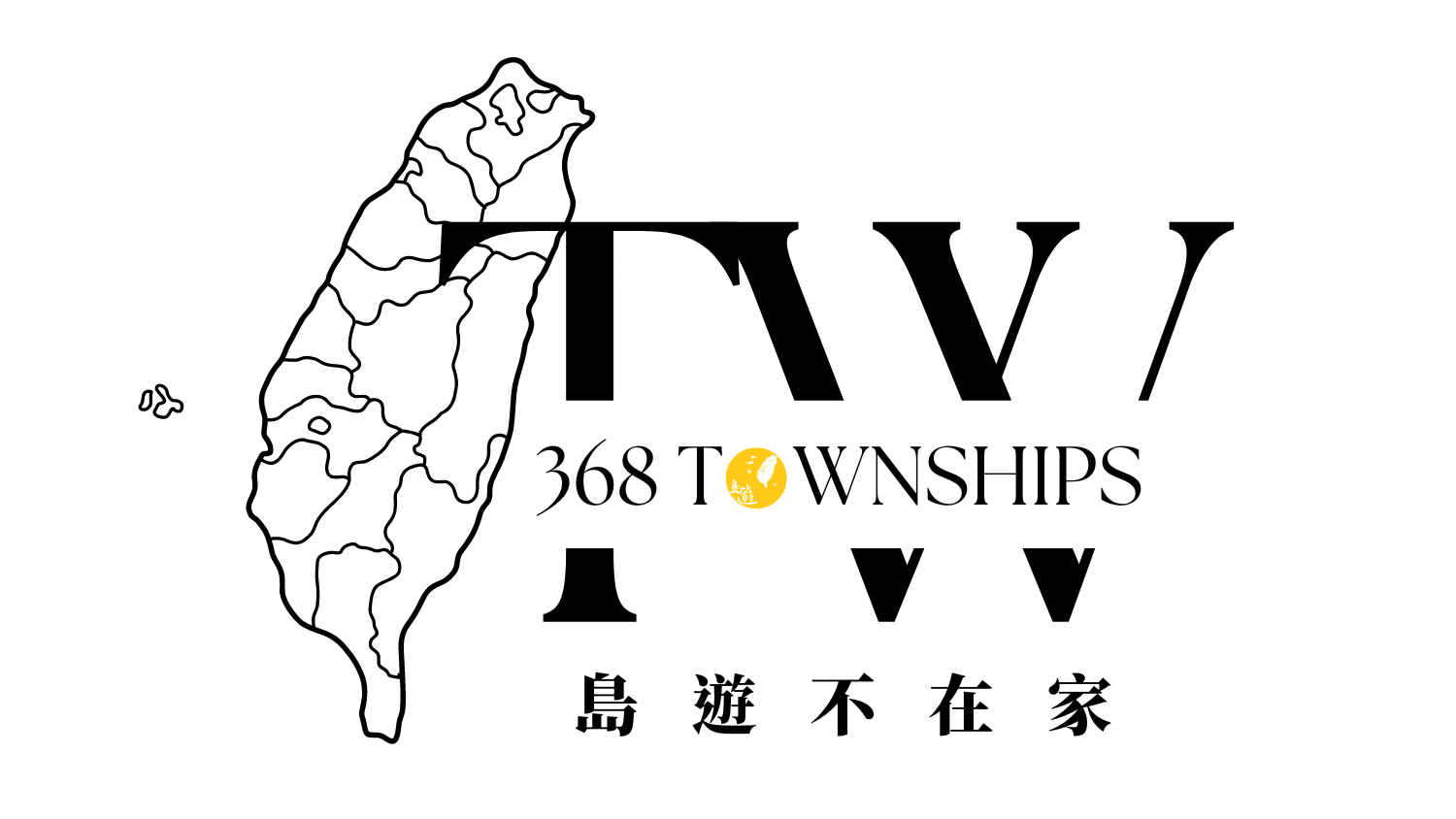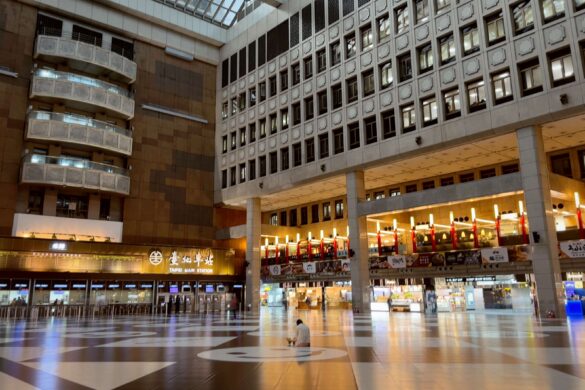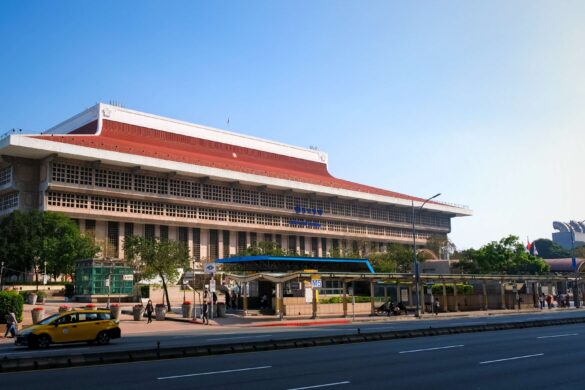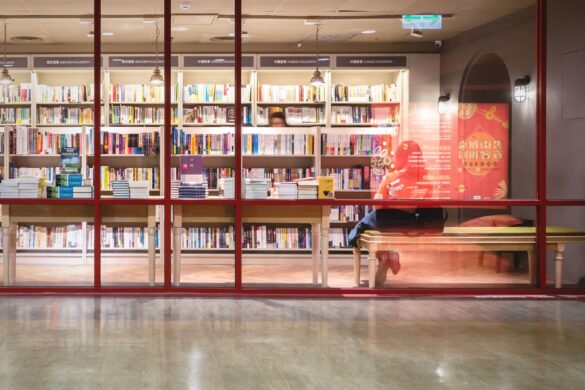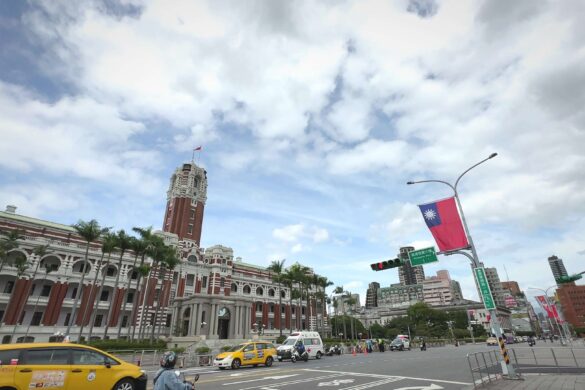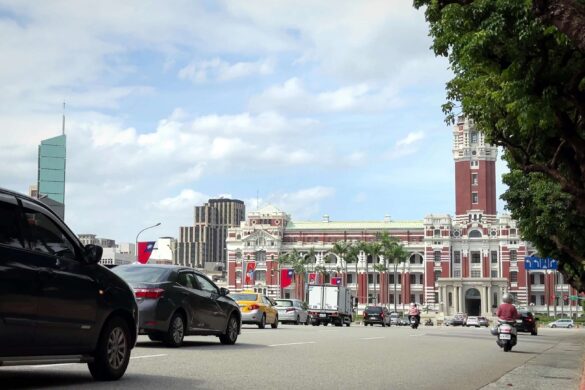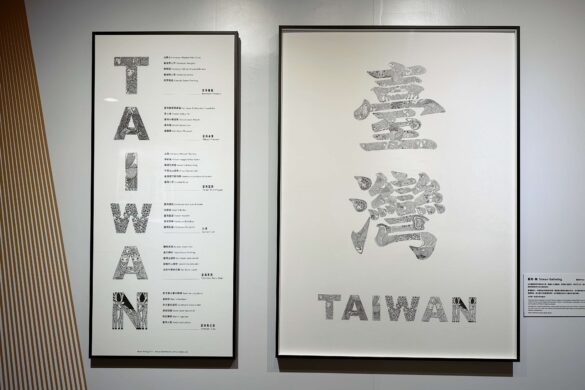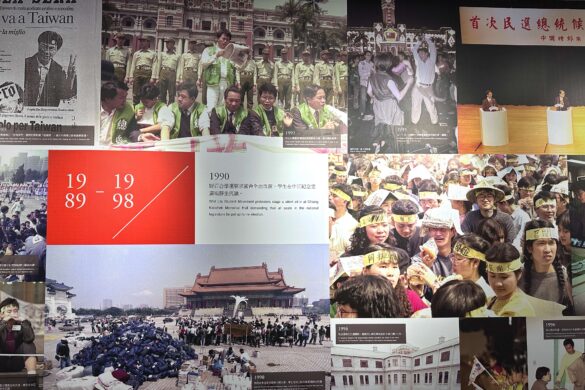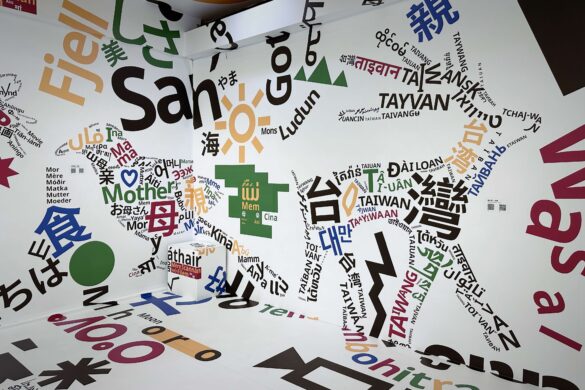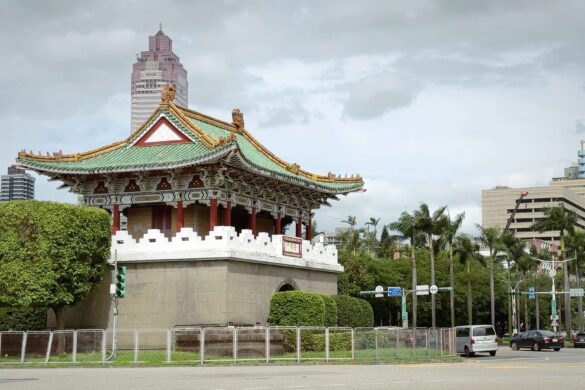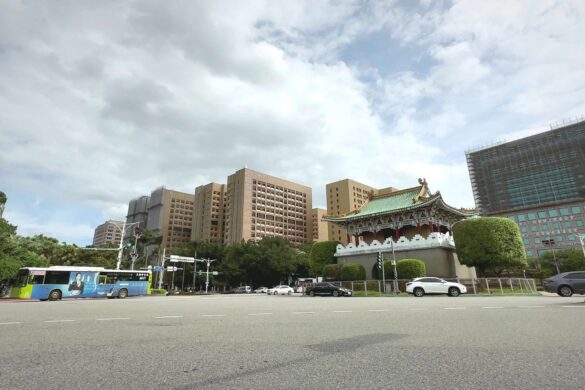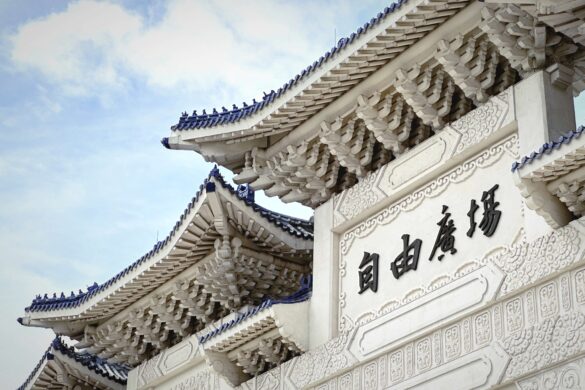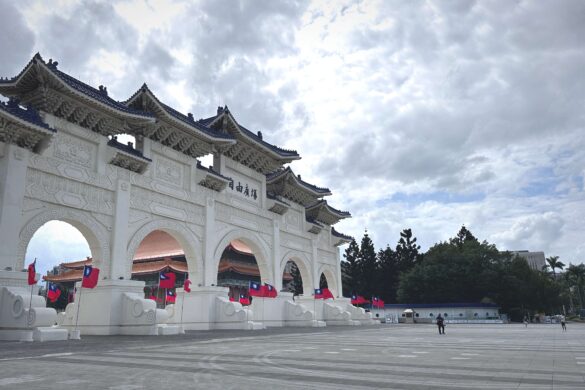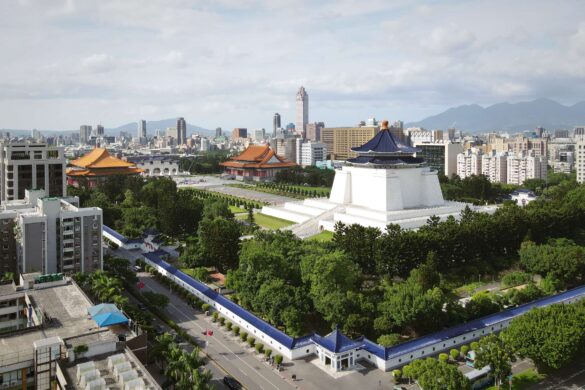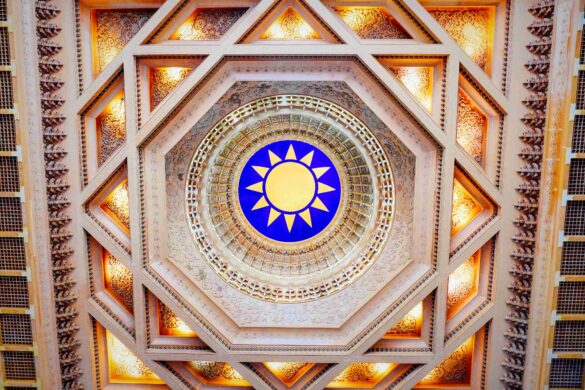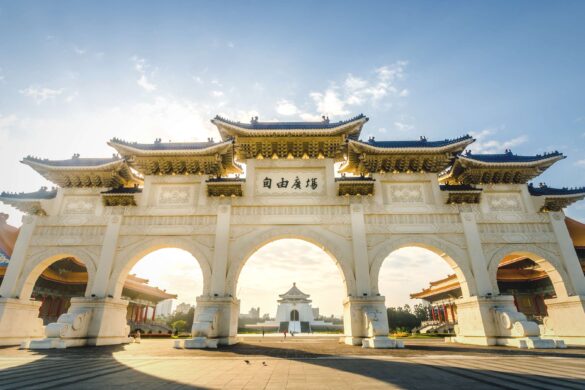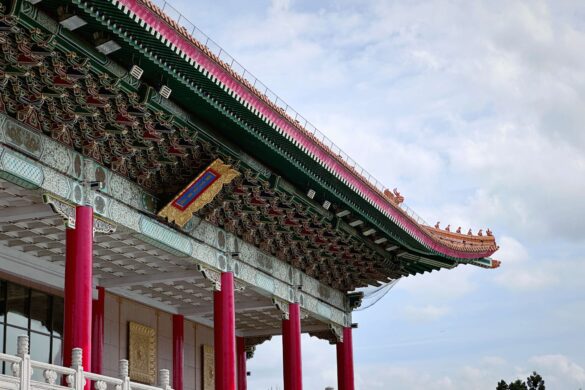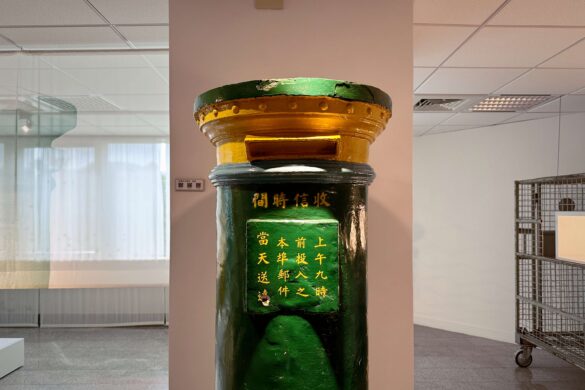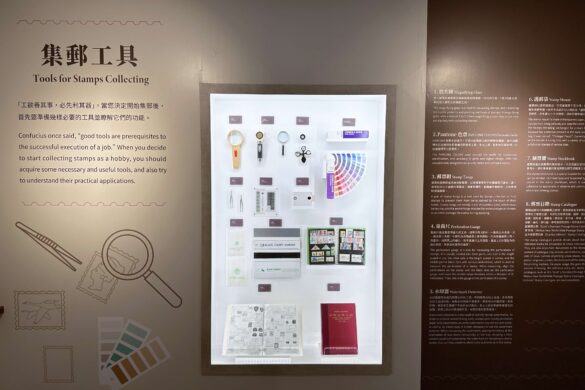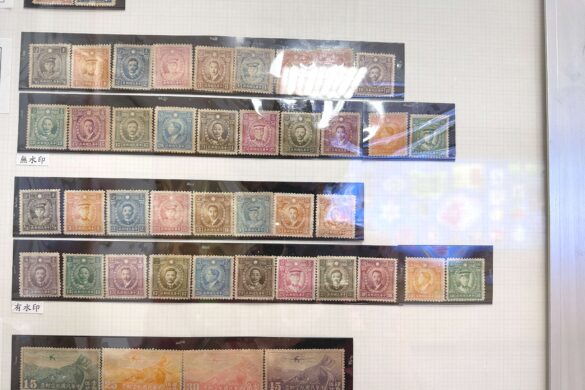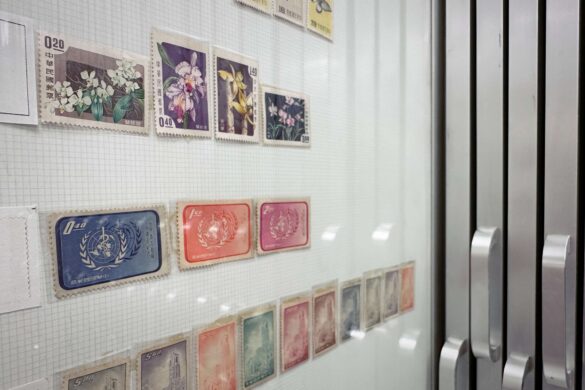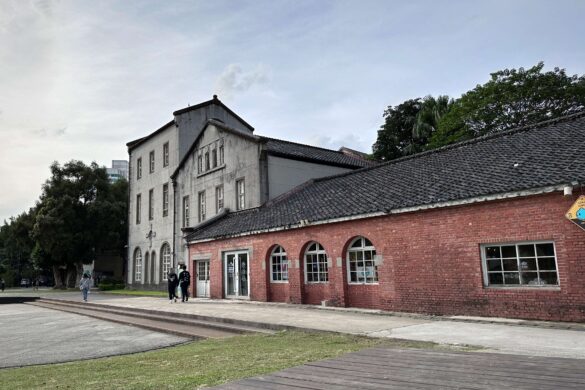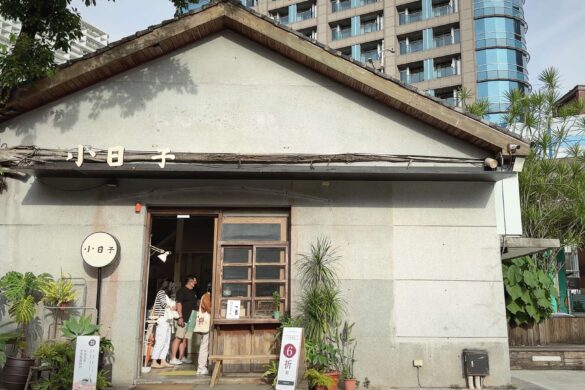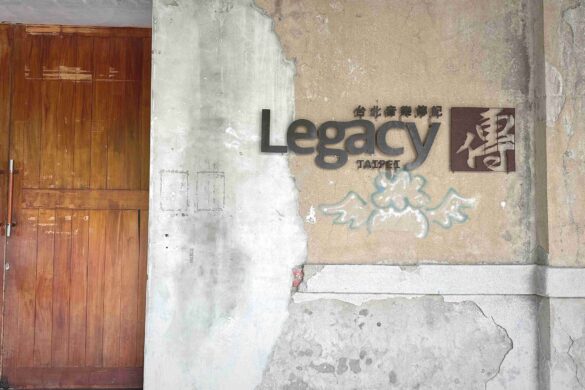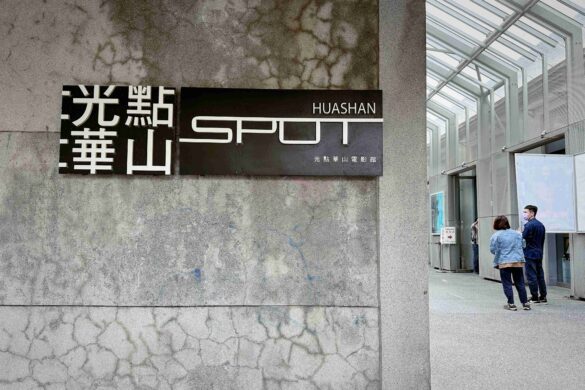Since I lived in Kaohsiung and spent my school years in southern Taiwan, I didn’t have much money or time to travel to the northern part of the island when I was a student. Whenever I had the chance to visit Taipei, I felt incredibly excited. My first stop in Taipei was always Taipei Main Station, located in the Zhongzheng District. Even though it’s still within the same country, arriving there gave me a sense of adventure, as if I was traveling far from home—a feeling I still find hard to forget.
Contents
◦ Taipei Travel Guide
01|Transportation in Taipei
🚄 Taiwan High Speed Rail
🚄 Taipei Metro (MRT) Unlimited Travel Pass
🚗 Cross-city Chartered One-day Tour from Taipei
🛵 Taipei Scooter Rental - Taipei Main Station Pickup
02|Popular Attractions in Taipei
🎫 Taipei Fun Pass
🎫 Taipei 101 Observatory Ticket
🎫 National Palace Museum Ticket in Taipei
🎫 Taipei Zoo Ticket
🎫 Taipei Children's Amusement Park Ticket
🎫 Maokong Gondola Ticket in Taipei
03|Things To Do in Taipei
🎡 Miramar Ferris Wheel Ticket
♨️ Spring City Resort Hot Spring in Taipei
💆🏻♀️ The Village Spa Massage in Taipei
◦ The History of Zhongzheng
In the early days, the Zhongzheng District was home to the indigenous Ketagalan people. In 1882, the Qing Dynasty constructed the Taipei City Walls between Monga (Wanhua) and Dadaocheng, establishing what is now the northwest side of Zhongzheng District. This walled city had five gates: the North Gate (Cheng'en), South Gate (Lizheng), East Gate (Jingfu), West Gate (Baocheng), and the Lesser South Gate (Chongxi Gate), marking the district's origins. In 1895, after Taiwan was ceded to Japan by the Qing Dynasty, the Japanese colonial government established its highest governing body, the Taiwan Governor-General's Office, in this area, further cementing Zhongzheng District as a hub for government buildings. Today, Zhongzheng District remains the central government area and retains many historical buildings from the Japanese colonial era.
01|National Museum of History
In 1955, the Ministry of Education renovated the Product Exhibition Hall of the Taiwan Governor-General’s Office within the Taipei Botanical Garden. In 1956, the National Museum of Historical Relics was officially opened. In 1957, it was renamed the National Museum of History. The museum is well-known for its collections of prehistoric painted pottery, bronzes, jade artifacts, oracle bones, and ceramics from the Shang, Zhou, Han, and Tang dynasties, as well as famous paintings. The museum regularly hosts exhibitions and is open to the public.
➤ Photo credits and textual references:午夜懷舊雜譚
◦ Attractions in Zhongzheng
01|Taipei Main Station
My exploration of northern Taiwan always began as the train slowly pulled into Taipei Main Station. In the past, I couldn’t bear to leave the station immediately upon arrival. I had to walk up to the ticketing area on the first floor to feel the spaciousness of the grand hall, admire the powerful calligraphy of "Taipei Main Station" by Dong Yangzi, and take in the steady display of train information on the electronic board before feeling satisfied enough to step out of the grand hall.
After leaving the grand hall, the real adventure of exploring the station began! As a book lover and a fan of Japanese anime, I always enjoyed wandering through Taipei City Mall and Eslite bookstore. When I got tired of browsing books, I’d head to the arcade or the capsule toy section to indulge in a bit of nostalgia for my student days.
Taipei Main Station Opening Hours: 0450-0015 No. 3, Beiping W. Rd., Zhongzheng Dist., Taipei
02|Office of the President
Since its completion in 1919, the Presidential Office Building has been the core of Taiwan's highest political power. Originally the Taiwan Governor-General’s Office during the Japanese colonial period, its sturdy structure enabled it to withstand the Taipei Air Raid, solidifying its position as the center of political authority.
Despite its imposing and towering presence, made even more formidable by the plaza and the guards stationed around it, the Presidential Office may be more approachable than it appears. During open hours, the building is actually accessible to the public. After entering through the checkpoint at the intersection of Baoqing Road and Bo’ai Road and presenting a valid photo ID, you can tour the interior. One exhibit, in particular, moved me deeply: the permanent display themed "Taiwan for the World, The People's Presidential Office." It made me feel incredibly grateful to live in Taiwan.
Office of the President Opening Hours Weekdays: 0900-1200 For weekend hours, please check the official website. No. 122, Sec. 1, Chongqing S. Rd., Zhongzheng Dist., Taipei
03|Jingfu Gate (East Gate)
Among the five remaining gates of Taipei City Walls, the East Gate appears most frequently in the media. Situated in front of the Presidential Office, the East Gate, also known as Jingfu Gate, served as the primary passage from Taipei City to the present-day Songshan area. The street that leads to the East Gate, formerly known as "Dongmen Street," is now Ketagalan Boulevard. Today, Jingfu Gate is a prominent landmark for processions, rallies, and various public gatherings, making it a frequent feature in media coverage.
Jingfu Gate Zhongshan S. Rd., Zhongzheng Dist., Taipei
04|Chiang Kai-shek Memorial Hall
Not far from the East Gate stands the blue-roofed, white-walled palace-style structure of the Chiang Kai-shek Memorial Hall. As its name suggests, this monument was built to commemorate the late President Chiang Kai-shek. The first sight that greets visitors is a grand archway. When the memorial complex was completed in 1980, the archway bore the inscription "Dazhong Zhizheng" (大中至正), reflecting traditional values. However, after the 2000 political transition in Taiwan, efforts to implement transitional justice led to the removal of this inscription as part of the "de-Chiangification" policy. In 2007, the inscription was replaced with "Liberty Square," and the site has since become a gathering place for democratic movements.
The original site of the Chiang Kai-shek Memorial Hall was the headquarters of the army, which was the largest military district in Taipei at that time. The blue and white colors of the hall's exterior symbolize the primary colors of the national flag, while the 12 rays of the sun on the ceiling represent the freedom of the people.
Chiang Kai-shek Memorial Hall Opening Hours: 0900-1800 No. 21, Zhongshan S. Rd., Zhongzheng Dist., Taipei
05|National Theater and Concert Hall
Flanking the Chiang Kai-shek Memorial Hall on either side are two palace-style buildings: the National Concert Hall and the National Theater. Before the opening of the National Taichung Theater and the National Kaohsiung Center for the Arts, these venues were the top performance spaces in Taiwan.
During my university years, I participated in the Taipei Philharmonic Festival Choir for two consecutive summers. All the courses, rehearsals, concerts, and performances took place in the National Concert Hall, making me quite familiar with its environment. Whether by day or night, the emotional melodies always flow through the halls, filling the space with music.
National Theater and Concert Hall Opening Hours: 1130-2100 No. 21-1, Zhongshan S. Rd., Zhongzheng Dist., Taipei
06|The Postal Museum
After leaving the Chiang Kai-shek Memorial Hall, I continued down Nanhai Road and arrived at the Postal Museum, which pleasantly surprised me the most. Officially opened to the public in 1966, the museum uses its collection and display of stamps and artifacts to offer visitors an accessible way to learn about the history of Taiwan's postal service.
Initially, I wasn't particularly interested in stamps, but when I saw iconic scenes and legendary figures captured within those tiny, beautifully crafted squares, I suddenly understood the excitement of stamp collectors.
The Postal Museum Opening Hours: 0900-1700, closed on Monday. No. 45, Sec. 2, Chongqing S. Rd., Zhongzheng Dist., Taipei
07|Huashan 1914 Creative Park
Huashan 1914 Creative Park was originally the "Taipei Wine Factory." After years of being unused, it was transformed in 1999 into a venue for the arts community, non-profit organizations, and individuals. Today, it has become one of Taipei's most important multi-functional cultural exhibition and performance spaces.
My first concert experience in Taipei was at Legacy Taipei, and the first time I watched an art film in Taipei was at SPOT Huashan. For me, the memories I have of Huashan 1914 Creative Park are truly irreplaceable.
Huashan 1914 Creative Park No. 1, Sec. 1, Bade Rd., Zhongzheng Dist., Taipei
◦ Flying Over Taiwan
*All aerial photography operations are conducted within legal airspace. During flight, regulations stipulated by the Civil Aviation Law are strictly followed, maintaining the required distance from buildings and crowds. Zooming and post-production techniques are used to ensure compliance, making the flights fully legal.
*Anyone citing these images and text must provide proper attribution. Unauthorized or illegal use of the images and text is prohibited and may result in legal liability.
